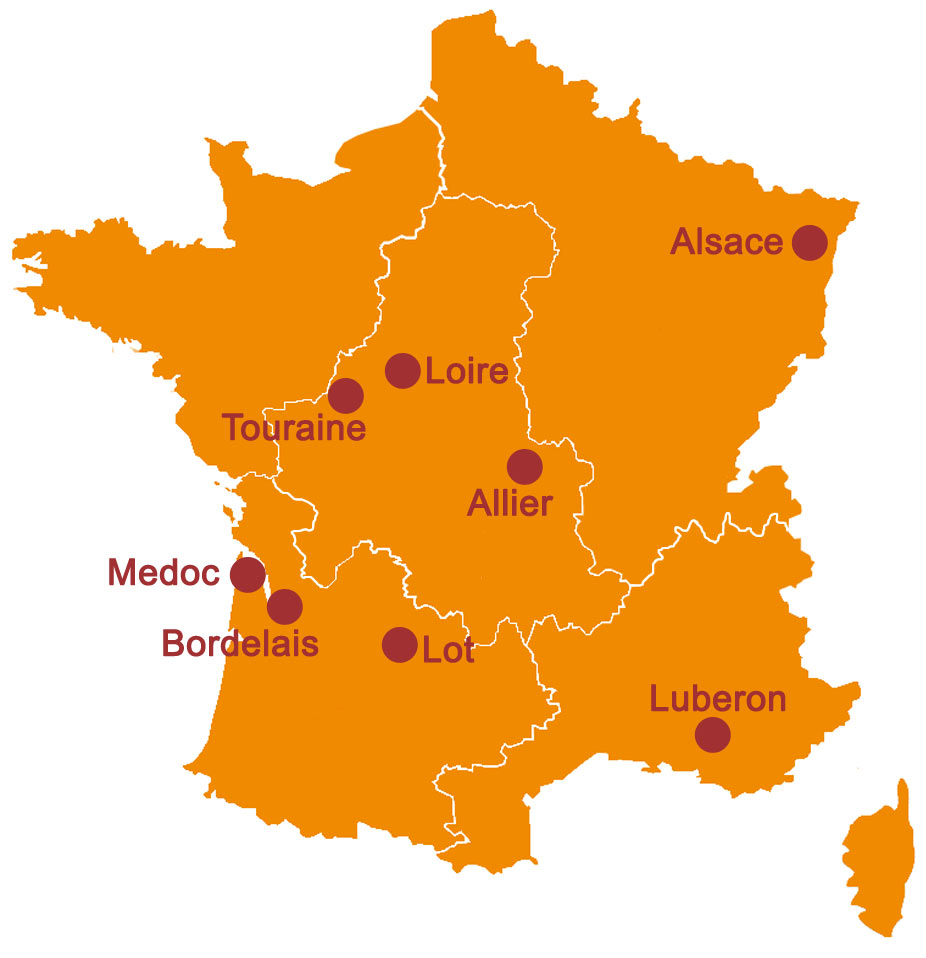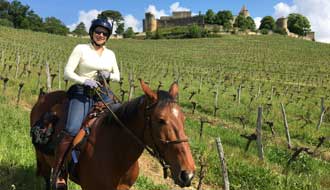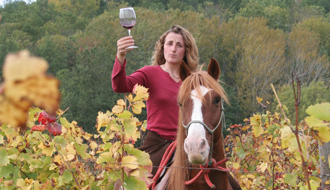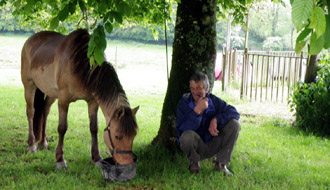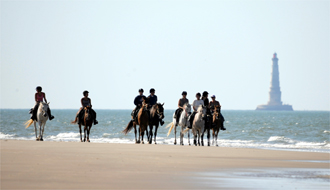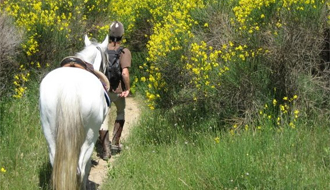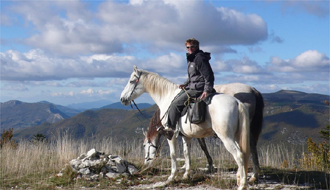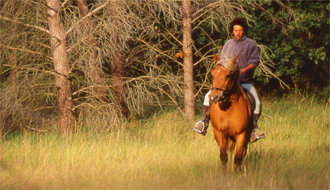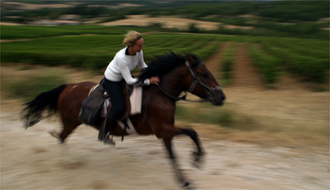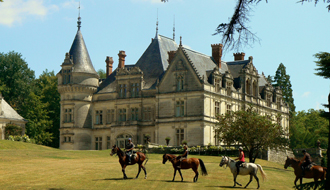

Anyway, a trip to France always involves fine gastronomy and wine ! This is why we are famous abroad, so let us show you that this is not an urban myth !
A ride in the countryside will be, in almost every region of the country, a way to discover vineyards and local products.
However, we selected a few rides during which gastronomy and wine are a big part...
More information about French gastronomy and wine - click here!
Click on the region you are looking for on the map on the right or check our rides below!
|
Also known in French as the "Jardin de la France" (the Garden of France) , the Loire Valley, listed as World Heritage by UNESCO, has won this recognition thanks to its astonishing castles and sweet gastronomy with famous wines and cheeses |
Ride in Allier |
 |
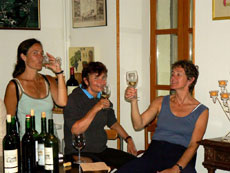 |
Ride in Bordeaux |
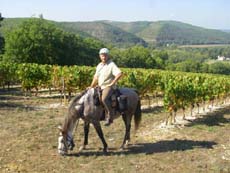 |
Ride in Lot |
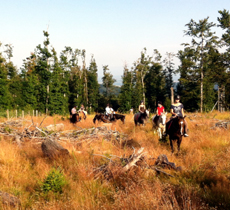 |
Ride in Alsace Our ride in Alsace allows you to discover different vineyards with beautiful landscapes and some points of view on the amazing Alsatian landscapes! |
French people have always been in love with food, and their reverence for the time of the meal is evident in any nationwide culinary establishment.
French cuisine is extremely diverse. This variety results from a long and rich History, and an extraordinary range of climates and types of ground which support the production of all kinds of ingredients. In many ways, understanding the origins of French gastronomy is understanding the French culture and way of life...
Meals can go from the very basic, such as the traditional baguette with cheese and cheap wine, to very elaborate meals that can involve a dozen courses and different wines consumed over several hours.
Almost all the famous French dishes are regional specialities, some of which became national dishes popular throughout France (such as Coq au Vin and Foie Gras) while others are mainly enjoyed in their original region.
The French Mediterranean cuisine uses olive oil, herbs and tomatoes in many of its dishes. The cuisine of northwest France uses butter, sour cream and apples. The cuisine of the northeast (Alsace, and to a lesser extent Lorraine) has a strong German influence which includes beer and sauerkraut. Throughout the south in general we tend to use more vegetables and fruits (in part due to the favourable climate). Near the Atlantic coast and the Mediterranean sea, there is a greater consumption of sea food, while inland areas favoured by rivers (e.g. the Loire valley) use more fresh water fish.
Aside from bread and water, the most common side dishes to a French meal are wine and cheese. Unlike other countries, in France, wine is considered as a standard part of everyday meals, and is neither expensive nor reserved to special occasions. With everyday meals, ordinary wines are served, although it is expected that the type of wine matches the style of food.
In addition to its use in cooking, cheese is often served as a course in itself. In this case, it is served after the main meal but before desert. It consists in a platter with three or four different cheeses, from which guests can slice pieces according to their preferences. Sliced bread is provided at the same time.
France has the world's second-largest total vineyard area (behind Spain)
and competes with Italy over the position to be the world's largest
wine production.
French wine's history can be traced back to the 6th century
BC, with many of France's regions dating their wine-making history
to Roman times. The wines produced today range from expensive high-end
wines sold internationally, to more modest wines usually only seen within
France.
Two concepts, central to higher-end French wines are the notion of “terroir”,
which links the style of the wine to its growing and production site, and the Appellation d'Origine
Contrôlée (AOC) system.
Appellation rules closely define which grape varieties and winemaking practices are allowed in each of France's several hundred geographically defined appellations, which can cover entire regions, individual villages or even specific vineyards.
Many varieties of grapes originally from France (such as Cabernet Sauvignon, Chardonnay, Pinot Noir, Sauvignon Blanc, and Syrah) are now planted throughout the world, as well as several wine-making practices and styles of wine.
